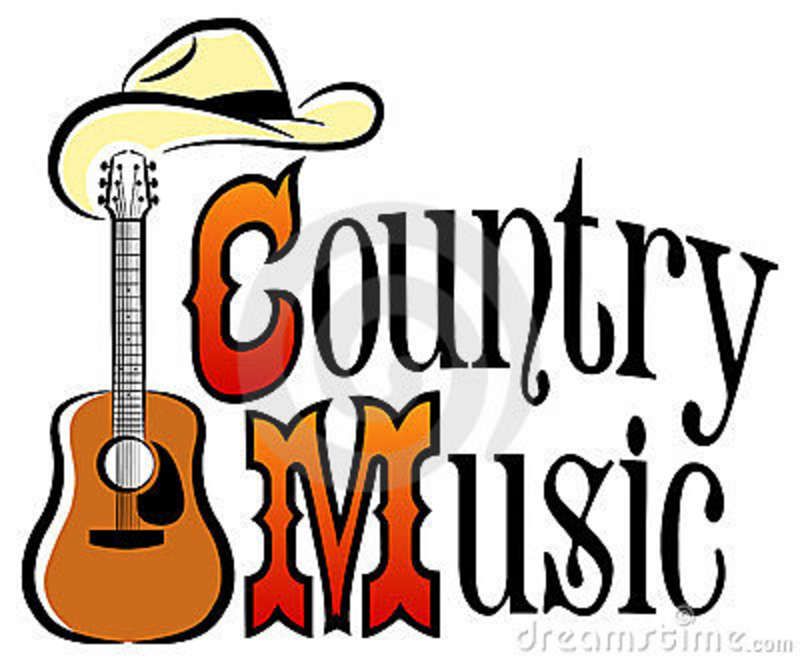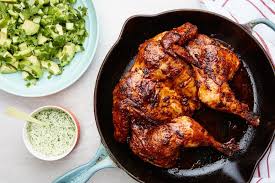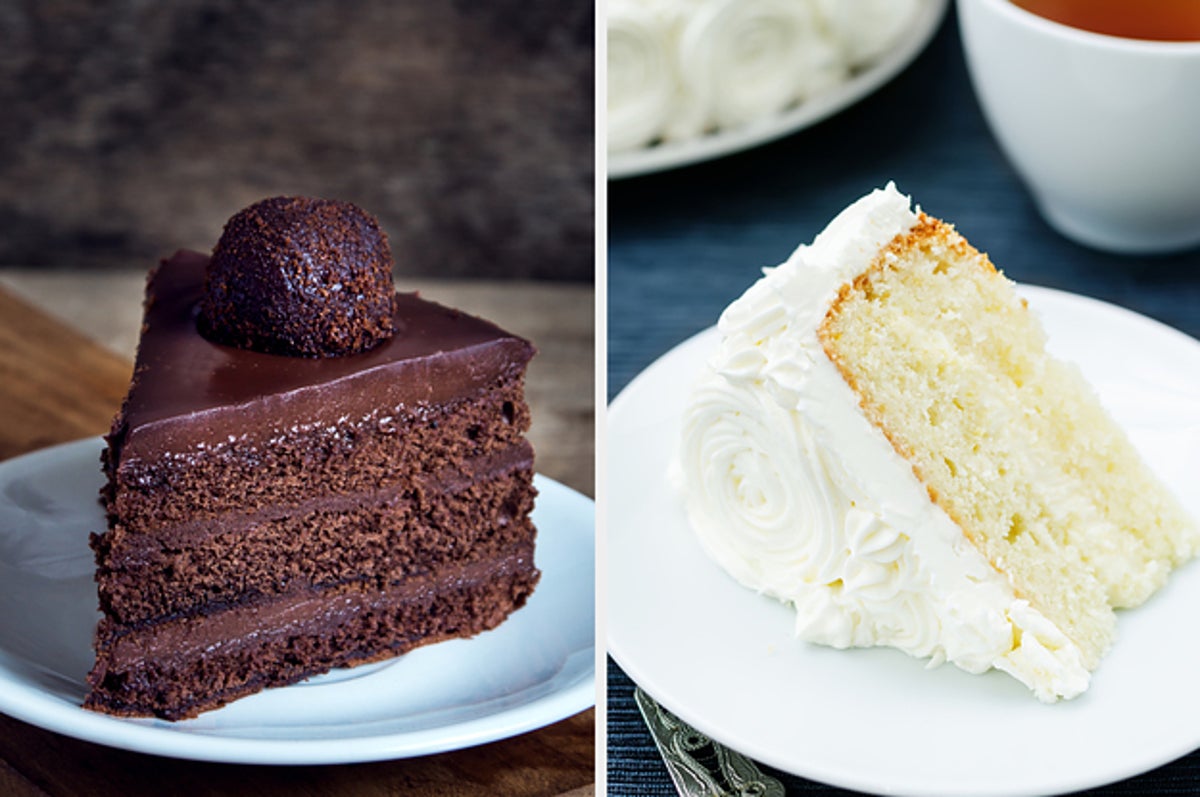Views: 44
Weekend Hair Bands. It’s been a while so let’s put yout best hair band tunes out there.
![]()

Views: 44
Weekend Hair Bands. It’s been a while so let’s put yout best hair band tunes out there.
![]()

Views: 84
Let’s head on down the road to the weekend. Strike up the music on your playlist. The middle of the week, usually regarded as being from Tuesday to Thursday. So play all your favorites.
![]()

Views: 26
Reprinted from article in the Hustle.
The Buffet, is it possible to out-eat the price you pay for a buffet? How do these places make money? We looked at the dollars and cents behind the meat and potatoes.
Few things epitomize America more than the all-you-can-eat buffet.
For a small fee, you’re granted unencumbered access to a wonderland of gluttony. It is a place where saucy meatballs and egg rolls share the same plate without prejudice, where a tub of chocolate pudding finds a home on the salad bar, where variety and quantity reign supreme.
“The buffet is a celebration of excess,” says Chef Matthew Britt, an assistant professor at the Johnson & Wales College of Culinary Arts. “It exists for those who want it all.”
But one has to wonder: How does an industry that encourages its customers to maximize consumption stay in business?
To find out, we spoke with industry experts, chefs, and buffet owners. As it turns out, it’s harder to “beat” the buffet than you might think.
When you go to an all-you-can-eat buffet, you pay a single fixed price regardless of how much you consume. It doesn’t matter if you eat 1 plate or 10 plates: Each bite incurs an extra marginal cost to the restaurant, but no extra cost to you.
We analyzed the prices of 30 all-you-can-eat buffets across the country, taking into account a variety of factors: Geographic region, size of the buffet (independent vs. chain), time of day (lunch vs. dinner), day of the week (weekday vs. weekend), and age (children and seniors often get discounted rates).
All considered, our analysis yielded an average buffet price of ~$20.
Like most restaurants, buffets operate on extremely thin margins: For every $20 in revenue, $19 might go toward overhead, leaving $1 (5%) in net profit.

Zachary Crockett / The Hustle
Buffets often break even on food and eke out a profit by minimizing the cost of labor.
Self-service allows a buffet to bypass a wait staff, and all-you-can-eat dishes (which are generally less complex and prepped in enormous batches) can be made by a “skeleton crew” of line cooks.
“At a typical restaurant, a cook can service 25 customers per hour — and that’s at best,” says Joe Ericsson, a managing partner at the food consultancy Restaurant Owner. “In the same amount of time, a single buffet cook might be able to prep enough food for 200 people.”
Because margins are so slim, buffets rely on high foot traffic: At Golden Corral, a buffet chain with 498 locations in 42 states, dining floors are 5k-square-feet and seat 475 people. On a typical Saturday, it’s not uncommon for 900 diners to come through the door.
The volume of food required to satiate 900 all-you-can-eaters on a daily basis can be staggering.
Each year, Ovation Brands, the owner of multiple major buffet chains, serves up 85m dinner rolls, 47m pounds of chicken, and 6m pounds of steak — 49.3B calories in total.
It is estimated that between 5% and 25% of any given dish will be wasted, either through the buffet’s miscalculation of demand or the diner’s overzealousness. Waste reduction is a key focus of any successful buffet and a frequent tactic is reusing food.
“Buffets have always been a landing spot for food scraps,” says Chef Britt. “They call them the ‘trickle-down specials’ — day-old vegetables or beef trimmings can be repurposed into a soup or a hash.”
Buffets are also able to save money by utilizing economies of scale and buying food in bulk. Using data from a wholesale food supplier, we worked out the approximate cost per serving of a few popular buffet items.

Zachary Crockett / The Hustle
Fully prepped, starches like potatoes might only cost the restaurant $0.30 per serving, compared to $2.25 per serving for steak.
By nature, buffets attract the very customers they wish to avoid: Big eaters with insatiable appetites. Buffets seek to “fill the customer’s belly as cheaply and as quickly as possible.” To do so, they employ a number of research-backed tricks to get people to eat less food:
Even higher-end buffets, like the $98 brunch at the Hotel del Coronado in San Diego, employ these tactics: “They hide the truffles, the foie gras, and the oysters,” says Britt. “You literally can’t find them.”
But what happens when a customer ignores these tricks and devours a Godzilla-sized portion of food? Is it possible to — dare we ask — out-eat the all-you-can-eat buffet?
Let’s imagine that Larry, a 280-pound offensive lineman, decides to stop by his local all-you-can-eat buffet after a big game.
Larry’s got a reputation around town for being a gourmand. He’s got an appetite that puts Homer Simpson to shame — and on this particular day, he’s ready to do some serious damage.

Zachary Crockett / The Hustle
Larry pays his $20 and proceeds to eat 5 servings of steak and chicken, far more than the average customer.
The cost of this food to the buffet amounts to $16.90. This means that after factoring in other expenses, Larry has handed the restaurant a loss of -$8.50.
Luckily, eaters like Larry (“vacuum cleaners,” as one buffet owner calls them) are baked into any all-you-can-eat buffet’s pricing model. While the buffet might lose money on a small number of meat gluttons, it handily makes it back on those who under-consume or only eat the cheaper foods.
“Most people don’t go in and beat the buffet,” says Britt. “They eat an appropriate amount, or even less than they should, averaging out the outliers.”
Picture 3 diners: One who eats exactly the average cost of food to the restaurant ($7.40), one who loads up on cheaper carbs ($4.70), and a guy like Larry:

Zachary Crockett / The Hustle
While the restaurant loses $8.50 on Larry, it makes $3.70 from the under-eater and still takes in its steady $1 margin on the average eater.
And there are a lot more of the latter two patrons: The buffet owners we spoke with estimated that over-eaters like Larry only account for 1 in every ~20 diners.
Of the 300 diners that might come through on a given day, this hypothetical buffet would see 255 average eaters ($225 profit), 60 undereaters ($222), and 15 gluttons (-$127.50). That works out to $320, or right around that $1 profit per customer average. Annualized, the eatery is looking at a respectable $117k in pre-tax profit.
Buffets don’t stop there: Many beef up their margins by selling soft drinks separately. At a cost of $0.12 per fill, a $2 soda comes with a 1,500% markup.
Still, buffets aren’t impervious to extreme circumstances. Larry won’t put a significant dent in a buffet’s bottom line — but imagine if he brought the rest of his team with him.

Zachary Crockett / The Hustle
Every buffet owner we talked to had a few war stories about dealing with policy abusers. “All-you-can-eat,” it seems, comes with certain limitations.
“There are people who go to a buffet and eat for 3 or 4 hours straight,” says Anna Hebal, owner of the Red Apple Buffet in Chicago. “They’ll go to the bathroom, then come back and eat again. They don’t stop.” She has since imposed a 2-hour time limit.
Other proprietors have taken more extreme measures. Over the years, buffets have made headlines for kicking out guests who eat too much:
To avoid these situations, some owners have updated their language to “All-you-can-eat within reason,” or resorted to charging customers extra for food left on plates.
But the real enemy of the buffet isn’t the occasional over-eater: It’s the steady march of technological progress, and the changing consumer preferences that have come with it.
According to the market research firm NPD Group, the number of buffets in America has fallen by 26% since 1998 — even as the total number of all restaurants in America has risen by 22%.
In the past 20 years, more than 1.3k buffets have shut their doors. The big buffet chains that once dotted the Midwest have been hit the hardest: Old Country Buffet is down to 17 of its 350 original locations; HomeTown Buffet has closed 217 of its 250 eateries; Ryan’s Buffet has downsized from 400 to 16.
Ovation Brands, the conglomerate that owns these chains, has filed for Chapter 11 bankruptcy 3 times since 2008.

Zachary Crockett / The Hustle
Industry experts attribute this decline, in part, to the spread of food delivery apps. By 2030, the National Restaurant Association projects that 80% of all restaurant items will be eaten at home — a trend that buffets can’t effectively capitalize on.
Today’s health-conscious consumers have also shifted away from quantity in favor of experience-driven dining options.
Golden Corral, one of the last-standing American buffet chains, has found success by redesigning its dining spaces to be more “bright, shiny, [and] friendly,” and investing in higher-quality food that makes for better Instagram photos.
Anna Hebal, who runs a small buffet in Chicago, has a different strategy.
For 30 years, she has served guests a Polish-themed spread that includes kielbasa, schnitzel, and pierogi. Her secret? Sticking to the roots of what first made buffets popular in the 1970s: excess and variety.
“A buffet is just like life itself; you have so many choices,” she says. “It’s up to you to choose wisely.”
![]()

Views: 37
Let’s start off with traveling songs. So if you have a song or songs about travel, let’s hear it. Or if the artist or band has travel in their name.

![]()

Views: 102
Last blast into the weekend with Horns. OK my friends. How about giving a shout out for the horn section? Horn sections are an integral part of musical genres such as jazz, R&B, blues, soul, funk, calypso, ska, and gospel. Most of these horn sections feature some combination of saxophones, trumpets and trombones. More rarely, other wind or brass instruments such as flute, clarinet or tuba may be added. Other popular musical genres, such as rock, pop, hip-hop, latin, and country music also use horn sections.[citation needed] When only woodwinds are involved, the term “reed section” is often used, even when flutes are included (Anon. 2002).
![]()

Views: 62
Three-year-old Charlie Smith was born weighing only one pound. His nurses wanted to celebrate the progress he’s made since then by throwing him an epic parade. This little boy is my new American Hero.
Please watch the below video. His family is so proud of what he’s accomplished. What a story. Please forward this video.
![]()

Views: 90
The term country music is used today to describe many styles and subgenres. The origins of country music are found in the folk music of working class Americans and blue-collar American life. It has been inspired by American popular music, and American folk music which had its roots in Celtic music, early music of the British Isles, singing cowboys, corrido, ranchera, norteño, French folk music, African-American music, and other traditional folk music traditions.
Country (also called country and western) is a genre of popular music that takes its roots from genres such as blues and old-time music, and various types of American folk music including Appalachian, Cajun, and the cowboy Western music styles of New Mexico, Red Dirt, Tejano, and Texas country. Its popularized roots originate in the Southern United States of the early 1920s.
Country music often consists of ballads and dance tunes with generally simple forms, folk lyrics, and harmonies mostly accompanied by string instruments such as banjos, electric and acoustic guitars, steel guitars (such as pedal steels and dobros), and fiddles as well as harmonicas.[1][2][3] Blues modes have been used extensively throughout its recorded history.[4]
![]()

Views: 146
Let’s get it started with Cover Songs. Great songs that are redone by other artists. When you hear the lyrics, “I fought the law and the law won,” which artist comes to mind? If you’re musically inclined, a certain English punk-rock band likely pops into your head. And the crunchy guitar riffs and raw power of “American Woman” probably conjure the image of a flashy rock star and his Flying V guitar. But get this, neither tune was written by the artist you associate the song with.
Jimi Hendrix’s rowdier, louder, and punchier electrified version of Bob Dylan’s classic song, released in 1968, blew even the original songwriter away. “It overwhelmed me,” Dylan later said, about hearing Hendrix’s cover for the first time.
![]()

Views: 168
Rocking into the New Year. Songs about celebrating the good things. Forget any bad things from 2020. Songs of celebration and victory.
![]()

Views: 141
Mary Yoder’s Hearty Hamburger Soup. A favorite restaurant my wife and I visit when in Amish country is Mary Yoder’s. Located in beautiful Middlefield, Ohio. When you go there, you don’t leave hungry. Also forget about diets or counting calories. The website has awesome recipes.
Experience the timeless goodness of Amish cooking with simple to follow directions and basic ingredients. Treat yourself or family to delicious Amish cooking in your own home with luscious recipes.
1 tbsp. butter
1 cup chopped onion
1 cup sliced carrot
1/2 cup chopped green pepper
1 lb. ground beef
2 cups tomato juice
1 cup diced potatoes
1 1/2 teaspoon salt
1 tsp. seasoned salt
1/2 tsp. pepper
1/3 cup flour
4 cups milk
Melt butter into saucepan, brown meat; add onion and cook until transparent. Stir in remaining ingredients except flour and milk. Cover and cook over low heat until vegetables are tender. Combine flour with one cup of milk. Stir into soup mixture. Boil. Add remaining milk and heat, stirring frequently. Do not boil after adding remaining milk.
This recipe can be adapted to your family’s taste. Celery can be substituted for the green pepper if you wish.
https://www.maryyodersamishkitchen.com
The Amish Way cookbook, compiled by Adrienne Lund, published by Jupiter
Press, copyright revised edition 1994. Adrienne Lund is the
author-publisher of nine Amish cookbooks and a children’s book about the
Amish way of life. Her books are available in Mary Yoder’s gift shop and in their
online store
![]()
Views: 19
Reprint from Epicurious.
This cumin- and paprika-spiced number gets added punch from an addictively tangy green sauce and a crisp, bright avocado and cucumber salad. Spatchcocking—an easy and fun technique that involves removing the backbone to “flatten” the bird before cooking—makes for quick roasting and produces juicy results.

![]()

Views: 112
Weekend Johnny come lately. I graduated high school back in the early 70’s. So let’s play songs from when you were in high school or younger.
https://youtu.be/rKaQzQAlNn4
https://youtu.be/VzLzUqdGBNo
![]()

Views: 205
Decorating at the MC House. The Holidays. I’m not great at taking pictures. But I hope you enjoy our Holiday theme. Please enjoy our photos. My lovely wife did all of the decorating. I helped with the tree.



![]()

Views: 80
Let’s change this to finish up the day with Christmas songs. Merry Christmas.
https://youtu.be/6wXYlgBEXdY
![]()

Views: 67
Start the week with Live hits or album cuts. So let’s start the week with live hit songs or album cuts.

![]()

Views: 38
Chocolate vs Vanilla. Be it cake, ice cream, what ever. Give us your favorite flavor. We have this. Chocolate is amazing and is far more versatile than vanilla. … Chocolate ice cream although it may contain more calories than vanilla also has more health benefits. Such as helping with skin, heart, and increasing the amount of happiness you’ll feel. The magnesium levels in chocolate also relieve menstrual cramps.
And we have this. Did you know that vanilla makes chocolate taste better? Way back in the 15th century, the Totonac Indians of the East Coast of Mexico, founders and keepers of vanilla, used ground vanilla beans to flavour “Chocolatl”, a drink made from water, ground roasted cocoa beans and honey. More than two thousand years later, the use of vanilla in chocolate is still strong. Vanilla really enhances the flavour notes of chocolate, without which it would be dull and a little flat. Would this vanilla vs chocolate debate even exist without the use of vanilla in chocolate? Read more about the fascinating history of vanilla.
![]()

Views: 165
If it’s the Weekend , it’s a free for all weekend. Let’s hear it for your favorites.
![]()

Views: 59
Do you go to a barber or beautician? And if I may ask, what do they charge? Differences Between Barbers and Cosmetologists. … Both professions cut, style and wash hair, but barbers are better known for cutting men’s hair while cosmetologists have female and male clientele. In addition to hair styling, cosmetologists perform pedicures, manicures, waxing treatments, facials and makeup application.
Certificate or associate degree programs for barbers and cosmetologists typically last from 9-24 months and are offered through community colleges, technical schools and beauty schools. Aspiring barbers and cosmetologists may attend the same program, but their courses will differ slightly.
Both types of students will learn about hair styling and treatment techniques. However, barbers will learn more about trimming and shaving facial hair while cosmetologists will take courses on providing additional beauty treatments. Both routes offer customer service, marketing and salon management classes.
![]()

Views: 34
Let’s hear it from the duets. A duet is a musical composition for two performers in which the performers have equal importance to the piece, often a composition involving two singers or two pianists. It differs from a harmony, as the performers take turns performing a solo section rather than performing simultaneously.
Throughout the 20th century duets have been common in the popular music of the era. Some songs were written to be heard as conversations, such as “Baby, It’s Cold Outside”. Others were performed around a theme, for example New York in “Empire State of Mind”. Occasionally duets are an improvisation between artists, such as “Under Pressure”. David Bowie and Freddie Mercury reportedly composed the lyrics in a day by improvising together
![]()

Views: 128
Decorating at the MC House. My lovely wife always does a theme. We just finished up our fall harvest theme. I have to admit that the glory is hers. I’m clueless when it comes to decorations. We just finished up the Fall Harvest-Thanksgiving. Enjoy.




 And here’s the Christmas tease.
And here’s the Christmas tease.

![]()